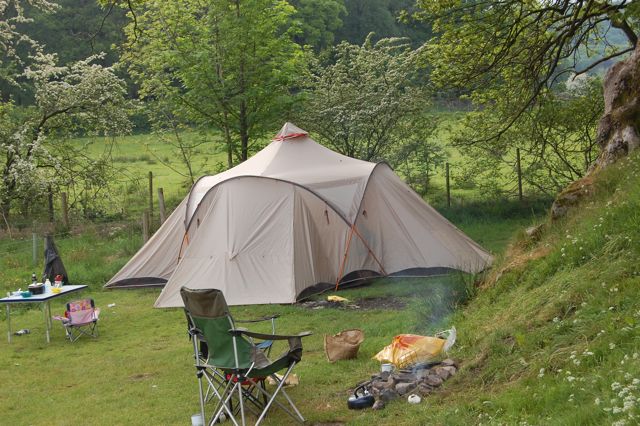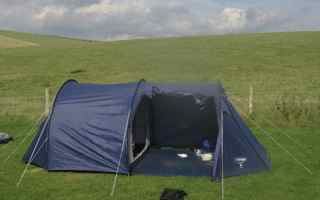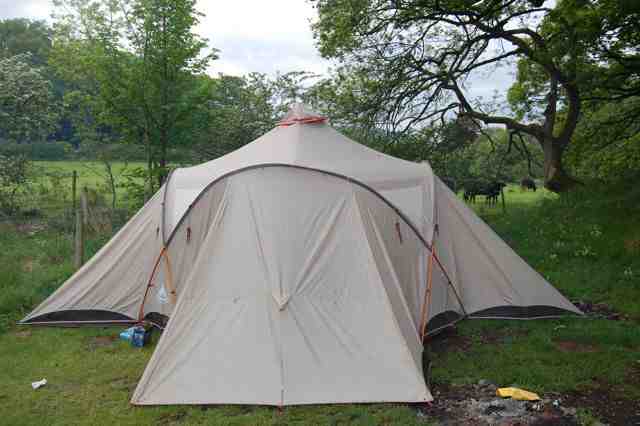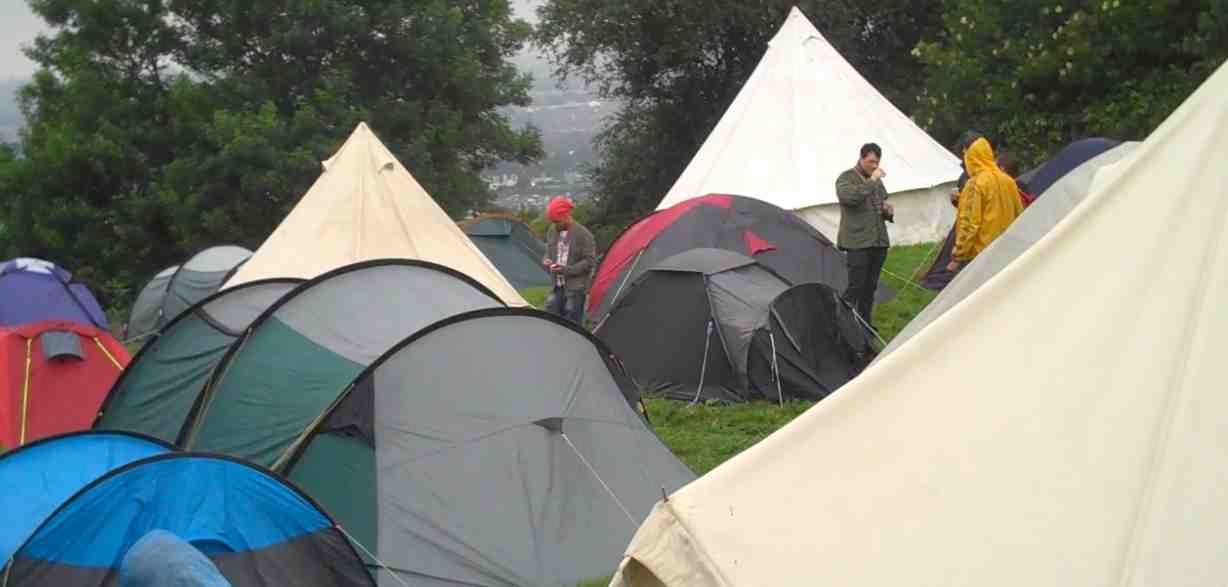Why do people tell stories about Glastonbury but not about The Big Chill?
The Big Chill lacks drama. As the name suggests, it has no narrative arc.
The layout of the Glastonbury camp is a narrative arc. If the festival-goer travels that arc, they will fashion their own individual myth. Miss out on one of these plot points, one of these locations in the camp, and they will not have a Glastonbury story.
The myth of the festival follows the hero’s journey as set down by Joseph Campbell in his study of comparative mythology, the Hero with a Thousand Faces.

Campbell’s ur-plot was famously used by George Lucas for Star Wars and has since acted as scaffold for a thousand Hollywood blockbusters. Likewise, each stage of the hero’s journey as identified by Campbell is inscribed in the Glastonbury campsite and accompanying rituals.
How so, exactly?
The hero’s journey must pass from the known land into the unknown. It begins with the call to adventure. In Star Wars, this is the moment Luke Skywalker, an ordinary farm boy, receives a holographic message from Princess Leia via R2D2. In Glastonbury, the call to adventure comes when the humble farm boy or social media consultant receives their ticket.
Once the call to adventure is accepted, then the hero grasps the supernatural aid. A lightsaber for Luke Skywalker, Excalibur for King Arthur, the lyre for Orpheus’ descent into the underworld. I may sound like Super Hans from Peep Show when I say this, but it cannot be avoided: in the Glastonbury myth that supernatural aid is drugs.
It is worth taking a brief detour to discuss what drugs are for.
Drugs are bound up with rites of passage. In some traditional cultures, psychoactives such as ibogaine or yage are employed in a ritual that turns a boy into a man. In the modern Western civilisation, intoxication is a rite of passage, the first drink, the first cigarette, the first spliff.
The wide array of drugs provide an assault course which individual psyches must conquer and emerge battered and repentant at the other end. Drugs catalyse the most basic narrative of rise and fall, up and down. Because I do not take drugs, I do not have Glastonbury stories, and the failure to fully mount the myth is why my account of the festival is so boring.
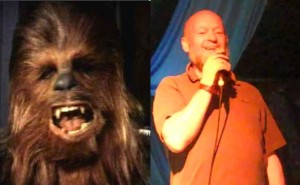
The next stage in the hero’s journey is the threshold and the mentor. In Star Wars, the mentor is obviously Obi-Wan Kenobi, and it is Obi-Wan who introduces Luke to the ways of the Force. The Force and the galaxy beyond Tatooine are the unknown through which Luke must journey. The threshold is the cantina of Mos Eisley, a borderland or liminal space populated by weird and wonderful creatures. He requires the help of his mentor to survive these creatures and to enter the unknown of outer space.
(By the way, the sooner someone recreates Mos Eisley cantina in Glastonbury, the better).
At Glastonbury, the musicians are the mentors. Their performances are judged on how successfully they fulfil the role as mentor in the arc. That is why a successful Glastonbury performance is unique to the camp, because it has to play its role in the yearning for personal myth. The stars and the music are invested with the wisdom of the unknown. They instruct the crowd in the ways of the Force: or, in the case of rock music, a collection of romantic myths concerning derangement of the senses, sexual exploration, and mass catharsis through loss of self.
The faces of the Glastonbury crowd as they seek rapture in the moment, suspending rationality, coasting on pure emotion, is the face of Luke Skywalker as he feels the Force.
The music takes the Glastonbury hero across the threshold.
Then they must faces the challenges and temptations of the unknown.
Otherwise known as Bez’s Acid House.
Or Club Dada. Or Trash City. Or the Rabbit Hole.
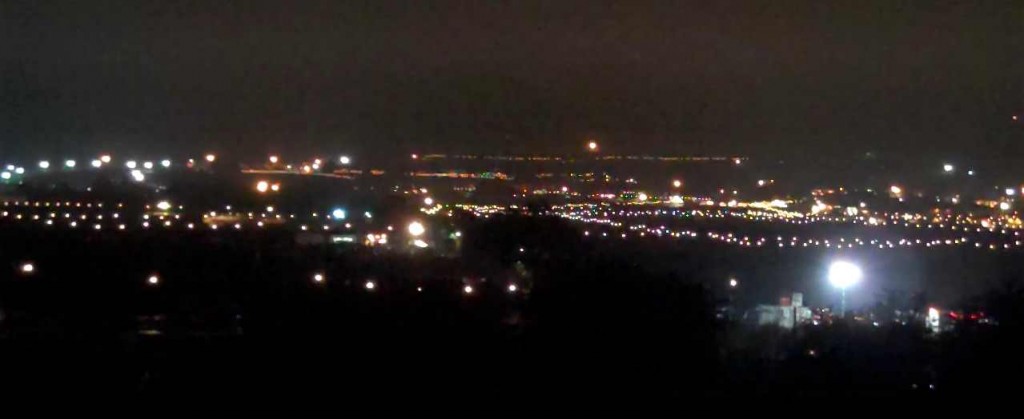
The Glastonbury hero will set off into these challenges with friends but temptations will ensure he or she loses everyone along the way. After all, Luke Skywalker loses Han Solo to the temptation of paying off Jabba the Hut. Luke’s fellow pilots are picked off one by one, and he must face the “big bad”. Alone, Luke Skywalker skims the valley of the Death Star, pursued by Darth Vadar, trying to pop a bomb in a ventilation shaft.
I don’t know what Glastonbury experience corresponds to this encounter. The narrative pattern of myth requires an abyss. We all have our abyss. Our four-in-the-morning hollowing out. These after-dark areas of Glastonbury exist so that you can experience the abyss. If you do not face the abyss, you will not have a Glastonbury story.
After this encounter, the hero heads out for transformation and atonement. This is the area of Glastonbury known as the Green Fields, and it is here that all Glastonbury stories should end. Dawn rising, the hero weary but changed by their adventure, bringing back some scrap of knowledge for civilisation, even if that knowledge is just a story about a really weird night.
So when people talk about the unique atmosphere of Glastonbury, or a Glastonbury spirit that makes it different from all other festivals, what I believe they are actually identifying is the mythological potential of the campsite, through which they can realise through their own hero’s journey.
Matthew De Abaitua is performing at the Free University of Glastonbury in the Park area on Sunday at 1pm. He will talk about his new book The Art of Camping and he might speak of this matter, or not; it’s possible that he will never mention this again.

